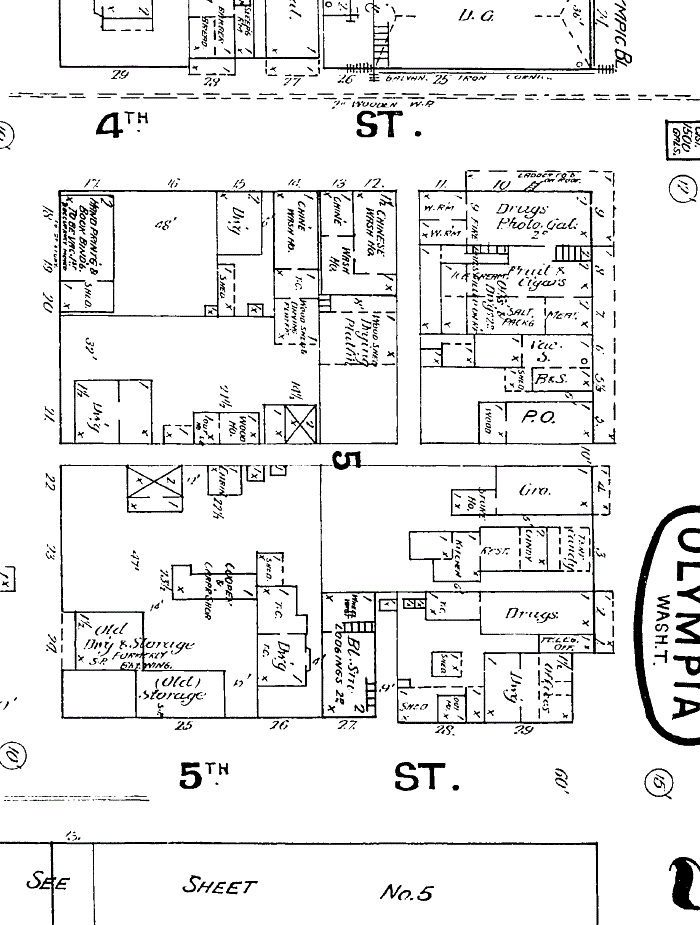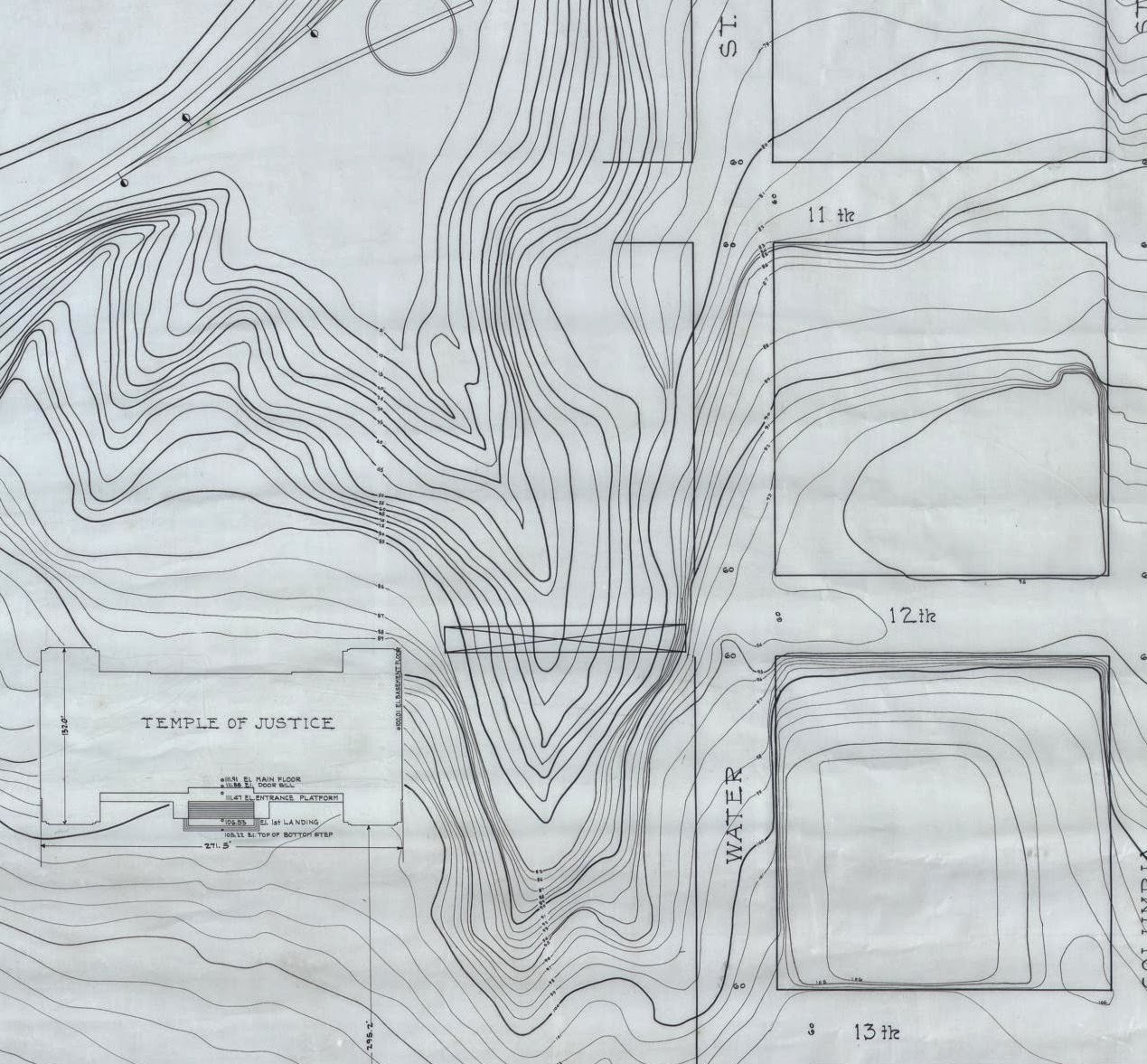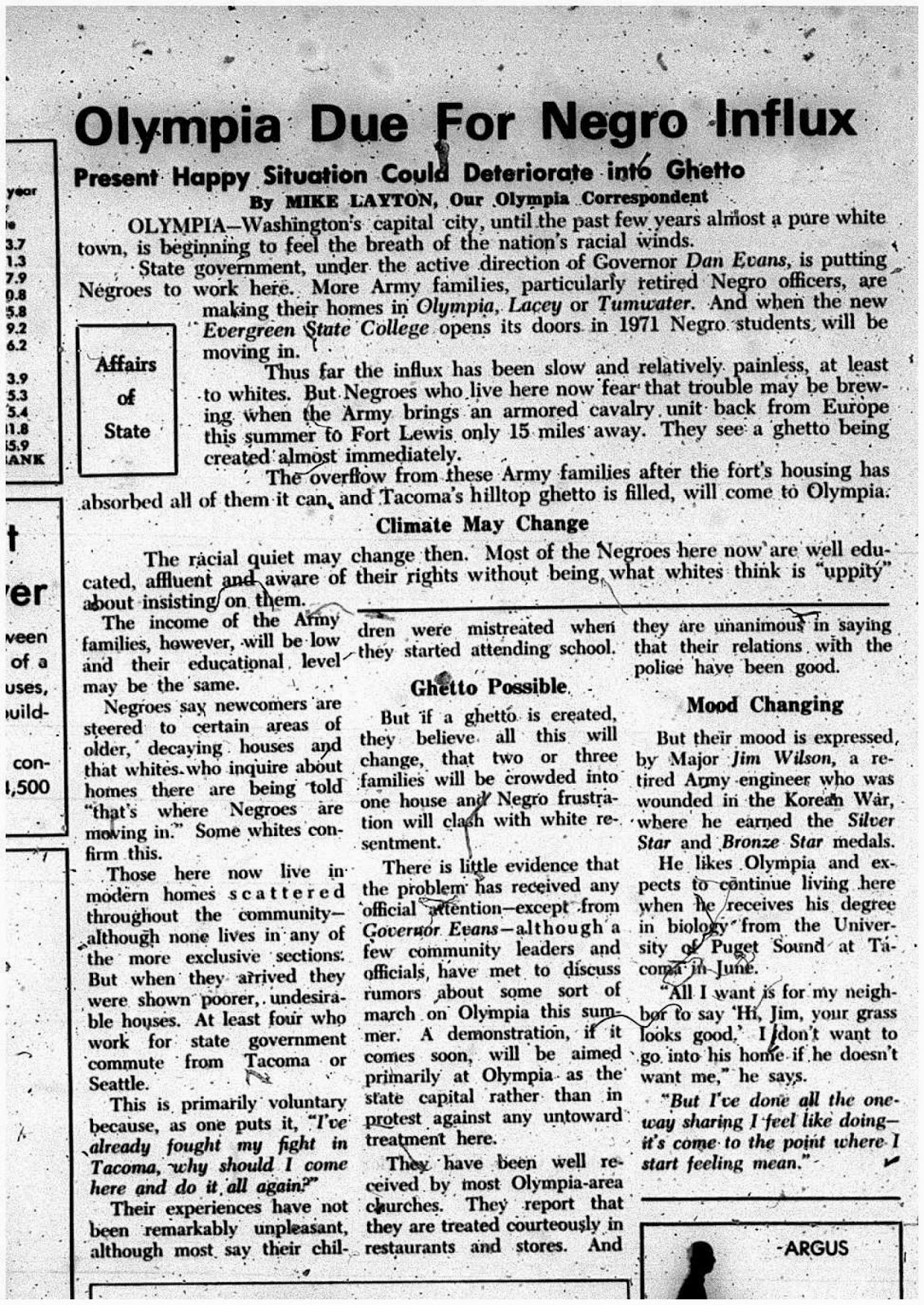 |
| Seattle Times, 1983 |
We all mourn the closure of the Olympia brewery. We all hope it comes back, at least the territory of the brewery, to become a new heart for our oldest non-native community.
Decades before our latest mourning, we mourned the sale of the company and brand to non-local owners. I wrote a bit about this history over at Thurston Talk recently. The story centered on a phenomena originating in the prohibition of tobacco advertizing in the late 1960s:
The true factor leading to the Schmidt family’s sale, in the early 80s, where market forces dating back to the ban on tobacco
advertising on television in 1971. Phillip Morris, one of the largest tobacco purveyors, decided to diversify a few years before the ban and bought Miller in 1969.
The Miller sale sounded off like a shot to the once traditional and staid brewing industry. “Budweiser met the challenge,”
Knight said. “The two companies started buying up every market in the U.S., rolling over smaller breweries.”
While it might seem like the tobacco giants were buying beer companies, what they were really buying was geography. The
quickest way to break into new beer markets was to buy existing beer companies, gaining loyal beer buyers and their preferences, along with beer distribution arrangements.
A few years later, the Schmidt family reacted by buying Hamms (1974) and then later Lone Star (1977). “Olympia was a little late
getting into the game,” Knight said.
“They had to get bigger or get a lot smaller,” Knight said.
“Each time Olympia bought a new brand, it would give them a boost.”
Olympia’s attempt to appeal to the drinkers in the newly acquired
territories included the Artesians campaign.
But, in trying to keep up in a race of quickly nationalizing brands, the Schmidts eventually ran out of family talent and stock. In 1983 Paul Kalmanovitz (who owned Pabst and had also bought other Washington brands like Lucky Lager) bought Olympia Brewing
Company.
This is a totally plausible and realistic story that is backed up by other histories of the era, which additionally cite legal troubles brought on by the mergers. But, this business-centered history runs counter to the local knowledge of why Olympia was sold. Because the then president of the company was caught having sex with another man in the Capitol Lake bathrooms.
This did happen. In early 1980, in the twilight of locally-owned Olympia Beer, Rick Schmidt and two other men (a state legislator and a state agency director) were arrested for lewd conduct. The three non-out-of-the-closet men quickly faded from their public lives. All three quit their jobs and disappeared for awhile. Eric Rohrbach (the former state legislator) is back involved in local politics.
Both Schmidt and Joseph “Dean” Gregorius (as far as I can tell) never reentered public life.
The question is, whether Schmidt resigning had much to do with the eventual sale of the family firm. I’d say very little. The Schmidt family was doomed by nation-wide forces, not by the fall of the scion.
Research has pointed out that family-led companies have a particularly bad time reacting to industry-wide change:
The cultural view of family firms implies that these firms might be less willing to make changes to their overall strategy even when market pressures ask for such changes. Out of a sense of duty and respect for their elders, younger generations might find it difficult to change decisions such as where to locate, what to produce, or which customers to serve.
Just being a family-owned company is bad in the long run:
This paper provides strong evidence that promoting family CEOs in publicly traded corporations significantly hurts performance even after controlling for firm and industry characteristics, and aggregate trends.
I find that, consistent with wasteful nepotism,declines in performance are prominent in firms that appoint family CEOs who did not attend a selective undergraduate institution. In contrast, comparable firms that promote non-family CEOs do not experience negative changes in performance, even when incoming unrelated CEOs did not attend selective colleges.
So, what is the tragedy here? Sure, its bad that Rick Scmidt left the company. And, its bad that Olympia Beer had to be sold, instead of surviving as one of the few family owned breweries.
But, the real tragedy is that Schmidt, Rohrbach and Gregorius were arrested and publicly outed in the first place.
Let’s go back to Olympia in 1980. According to this history, the “Capitol Lake Bathroom Bust” followed “a period of harassment and police targeting of Gay men.” This also isn’t a time when men with public profiles could live out of the closet.
The reason the arrests of these three men was news was because they had public profiles, but also because the arrests were of gay men.
And, let’s put into perspective the operation that brought them in. The Olympia Police Department spent two weeks looking into the bathrooms before coming up with anything.
These type of operations, where police would stakeout homosexuals, hoping to come up with an arrest, has been called harassment by activists. The time spent by OPD in 1980 to come up with a few lewd conduct arrests certainly makes it seem that way.
Arrests like this also had deep social wounds. From a San Antonio library blog (of all places):
“I am primarily concerned with this grieving family in my parish, with
the fact that we have lost such a wonderful man, and the news media
played such an important part in driving him to suicide. There is no
question but that his learning that his name had been published was the
direct cause of his jumping off a bridge. . . .I also would say very
strongly that a society that pays its policemen to spend hours on their
haunches or lying prostrate on the top of a building peering through a
hole to spy on men is a very sick society.”
This excerpt from an
anonymous letter that appeared in a 1966 issue of Christianity and Crisis captured
the devastation exacted on men who were caught having sex in public
restrooms and had their names published in the newspaper after being
arrested. Sting operations by law enforcement officials against
homosexuals in public places were nothing new. In San Antonio, police
had been ferreting out gay cruisers in Travis Park–located in the heart
of the city–since the 1940s. But were undercover operations
and demonization of those caught in the web of such actions indicative
only of the era that predated Stonewall in which homosexual harassment
was part and parcel of urban life?
We are a different town now. Our police are much more honorable. We are much more fair. But, we have to get our stories right.
The Olympia Brewing Company was caught in an economic storm that was swamping family breweries. That Olympia went down is nothing special. Rick Schmidt wouldn’t have saved them.
Blaming the loss of the brewery on him is unfair. It also takes blame off of us, the way our community was not at all accepting of homosexuals. The sting operation, the public castigation, the disappearance from public life of these men. That’s the sad story we should tell, the cautionary tale.

















